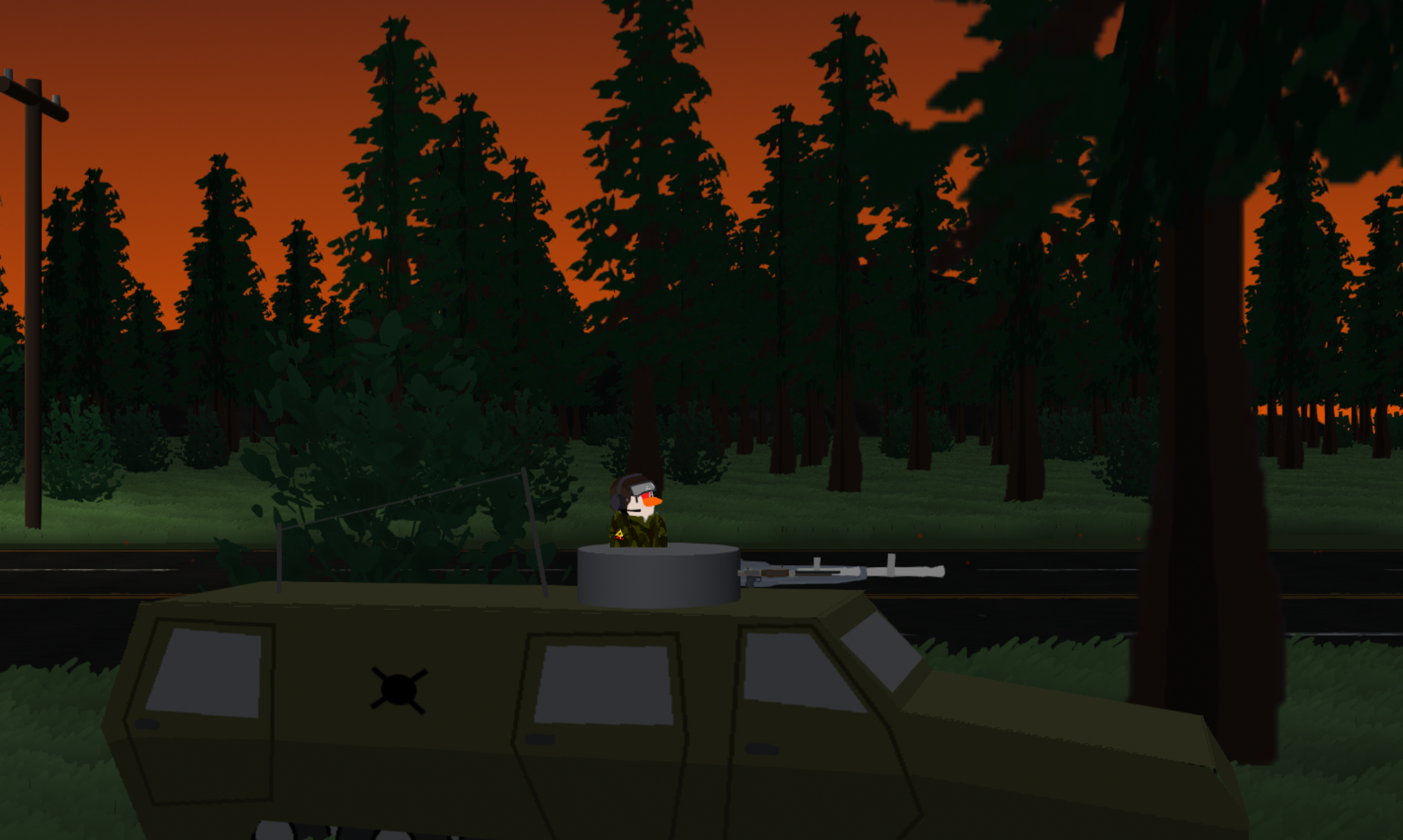“One cannot measure progress by lines on a map.”
General William C. Westmoreland
The Slush Force started out 3 years ago as a pandemic-era project to pass time and learn programming. Initial prototypes of this game were a 2-D platformer type of thing (think along the lines of “Super Mario clone”).
This video was from 2 years ago, and it seems quite hard to believe that even in the first year of development, so much evolution occurred!
In those 3 years, there have been plenty of ups and downs and even moments where the project was almost aborted.
But thankfully, it still remains standing.
Learning to design and program this game has spanned much of my college, graduate school, and post-graduation career.
I guess progress indeed cannot be measured by lines on a map…
Stay turned for what happens tomorrow (22 December).
What is Planned for at Release
At this point in time, the core mechanics of
The Slush Force are completed, and a good part of the campaign is ready with a sizeable remainder still in development (balancing, playtesting, und so weiter).
The first and second campaigns will be available at release, along with a corresponding set of Steam achievements.
The missions in the first campaign covers the initial contacts with, and apparent victory over, alien forces.

Unfortunately, the threat posed by the apparently incompetent alien invasion is overlooked. Shortly thereafter, they return in force…

The second campaign deals with larger scale combat against this much stronger invasion, including tank combat, airstrikes, artillery, and grinding urban combat.

But even then, you seem to have a strange asymmetrical advantage that the aliens do not…
Roadmap for the Future
Next year will be an exciting year for The Slush Force, with major updates planned that will bring the game into its final state.
The first major update for the game will be planned to release at the end of January or beginning of February. This will contain the third campaign, which will introduce significant amounts of new fire support options and a very different way of playing the game.
The second major update is anticipated for the end of February or beginning of March, containing the fourth campaign, which will bring the story to a potentially explosive conclusion.
Any bugfixes may be included in each major update, or any number of small hotfixes.
Please feel free to report any bugs that you find by contacting the support email.

One (or more) sequel(s) is (are) also in the works, potentially focused on (i) air combat and/or (ii) exploration of the alien teleportation portals. Stay tuned for more news on those sometime next year…
In the meantime, I would like to extend a heartfelt thanks to all who have followed this project, whether you have been around for years or just came across this page today.
Happy hunting!






























